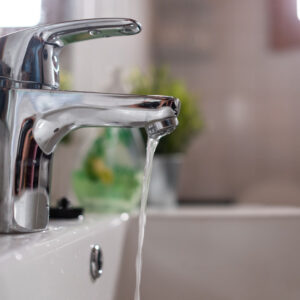As summer temperatures rise, groundwater levels can drop—especially during dry spells, drought, or with heavy water use. Water levels naturally rise in wet months and fall in dry ones, and it may take months of steady rain or snow to fully replenish your well. If your well seems slower, the water turns cloudy, has sediment, or sputters, you may be experiencing a low water level.
naturally rise in wet months and fall in dry ones, and it may take months of steady rain or snow to fully replenish your well. If your well seems slower, the water turns cloudy, has sediment, or sputters, you may be experiencing a low water level.
Our new video breaks down what signs to look for, what actions to take, and when to call a licensed well contractor. We also share simple, water-saving practices to help reduce strain on your well during the dry months.
🎥 Watch now: “Coping with Low Water Levels” – available on our YouTube channel.
Here’s a quick overview of steps you should take if you are experiencing low water levels:
Check Water Levels
Well records (also called well logs or well completion reports) contain helpful data on your well’s depth and yield. Compare past records to your current well output. Licensed well contractors can help measure your static water level and assess performance.
Conservation Makes a Difference
Simple changes like fixing leaks, installing low-flow fixtures, and spreading out household water usage can save thousands of gallons each year and reduce the stress on your well. Check out our article below for additional conservation measures.
Add More Capacity
Installing a large pressure tank or storage system can help during low water periods and reduce wear on your pump. In some cases, your well pump can be lowered, the well can be deepened, or redeveloped with techniques like hydrofracturing.
Pro Tip: Always consult a licensed well contractor before making changes, and test your water after any maintenance or repairs to ensure it’s safe.
Click here to read our information sheet on Coping with Low Water Levels. Need quick access to our tools, tips, and services? It’s all on our Linktree!
